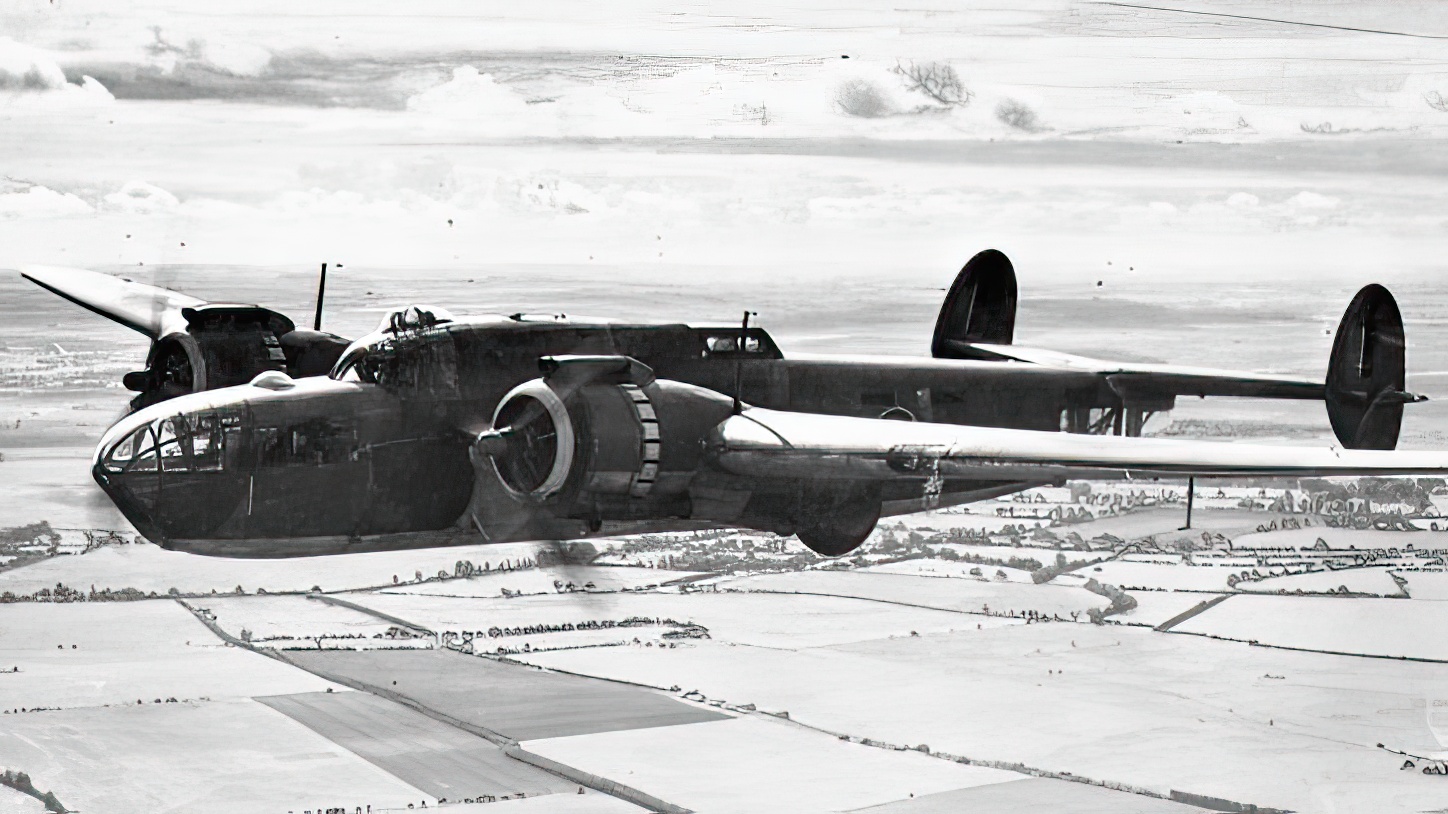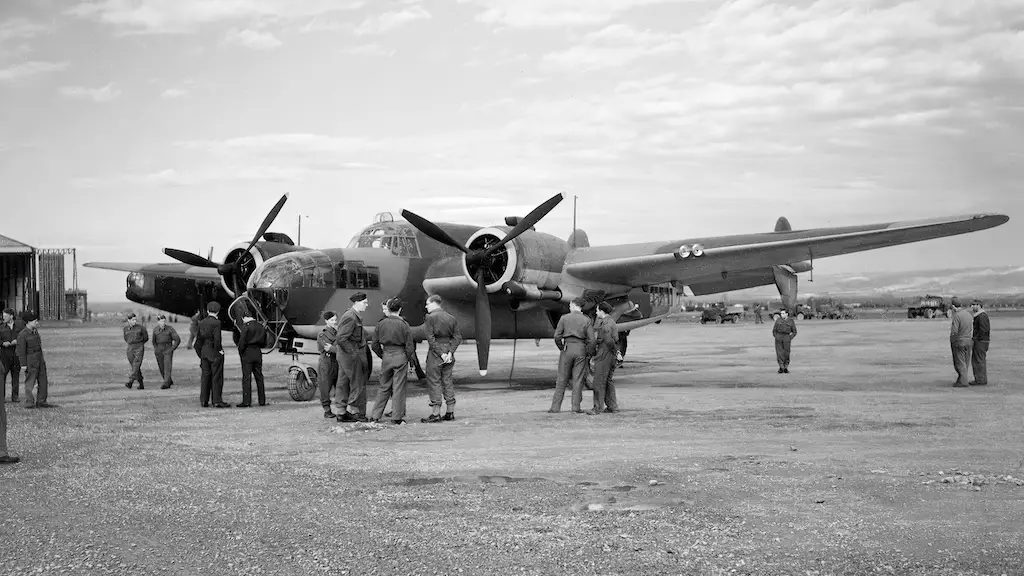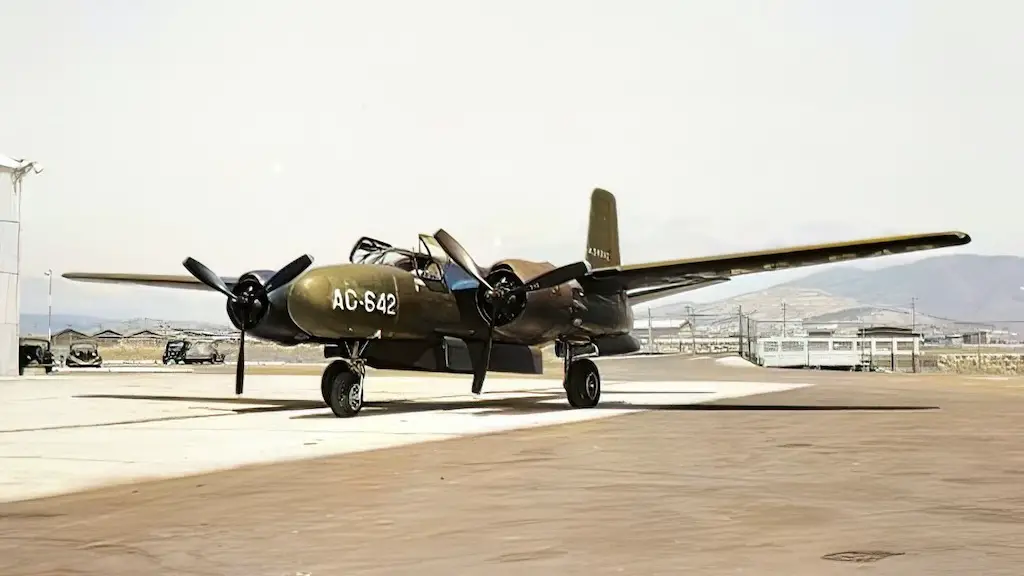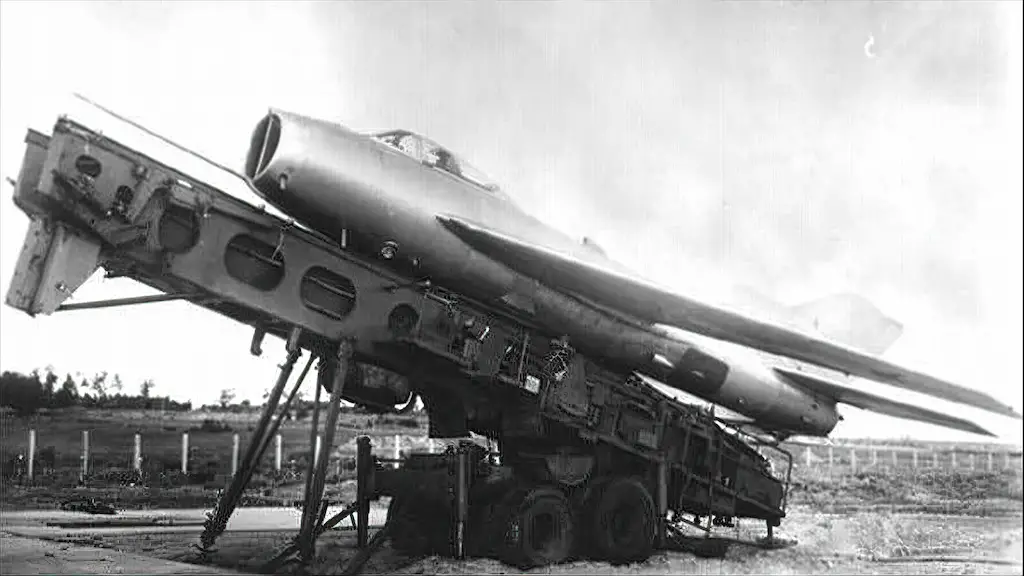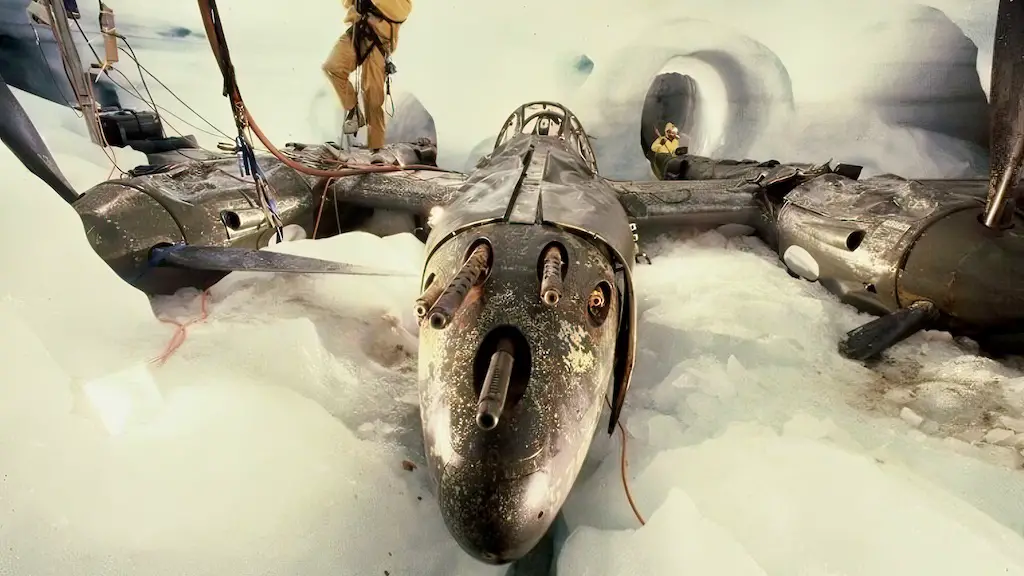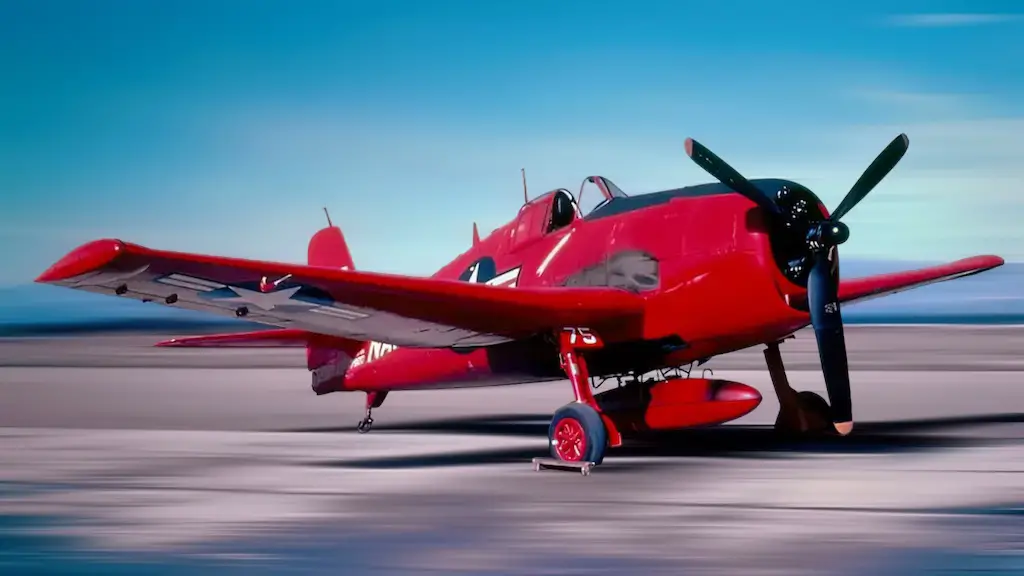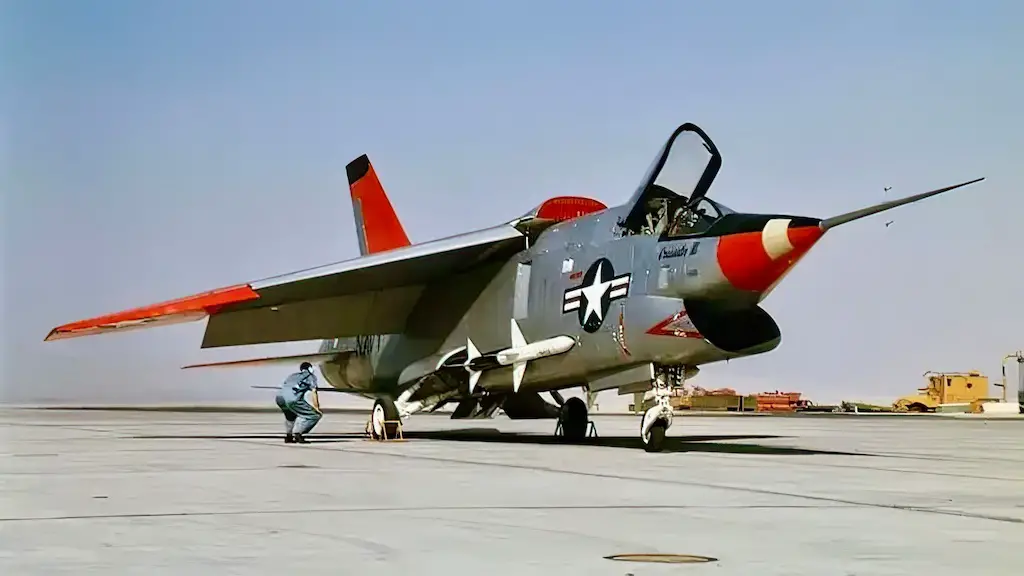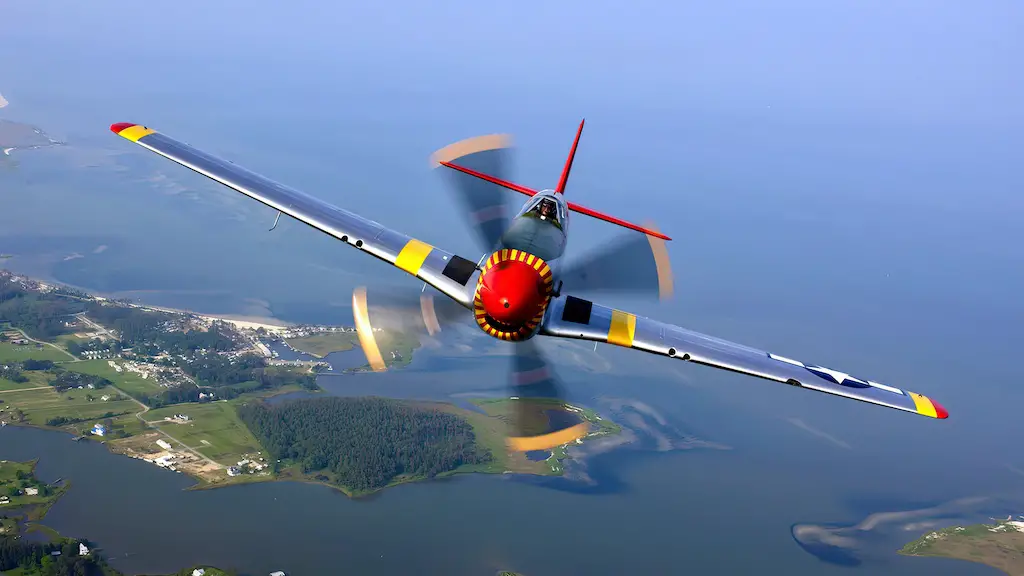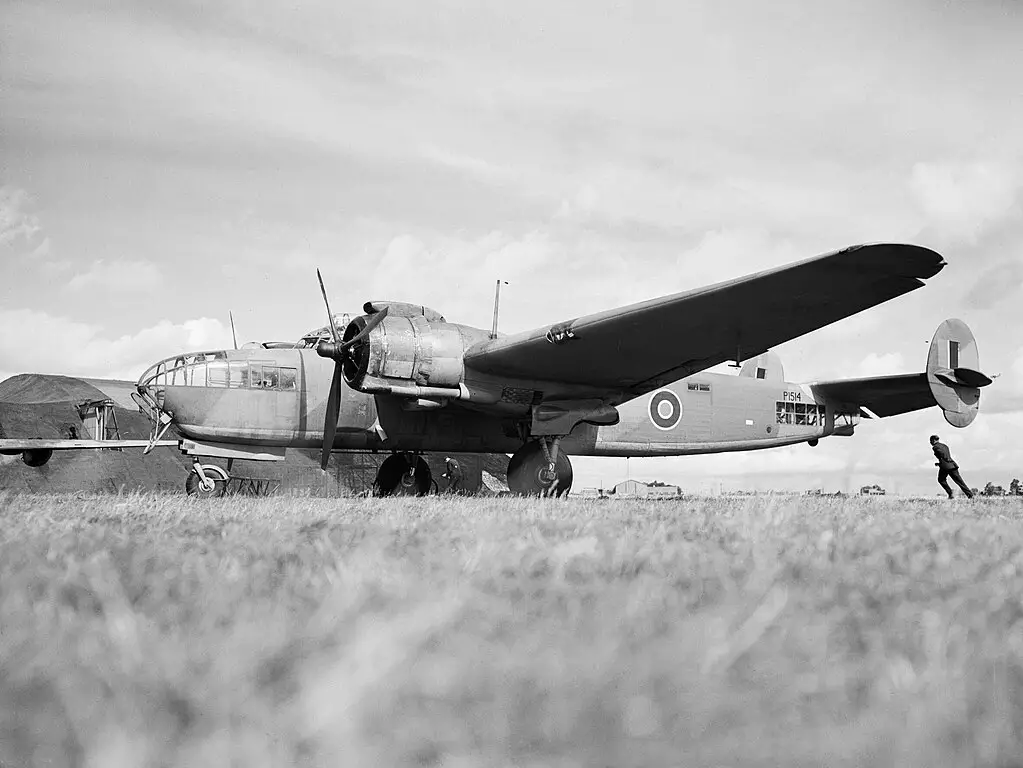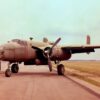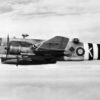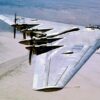The Birth of a Giant
Our journey into the heart of the Armstrong Whitworth Albemarle starts in 1938. Born out of a need for a rugged, twin-engine, multi-role aircraft, the Albemarle’s tale began amidst the looming shadows of World War II.
The British Air Ministry issued Specification B.9/38, setting the stage for Armstrong Whitworth Aircraft. This esteemed company already had a reputation for excellent engineering. Yet, the Albemarle project was different. It aimed to create an aircraft that relied heavily on non-strategic materials due to the anticipation of a war-fuelled metal shortage.
The design team, led by John Lloyd, set to work. The product of their hard labour? A bomber unlike any before it. The Albemarle made extensive use of steel and wood, presenting a unique architecture for a warplane of its size and class.
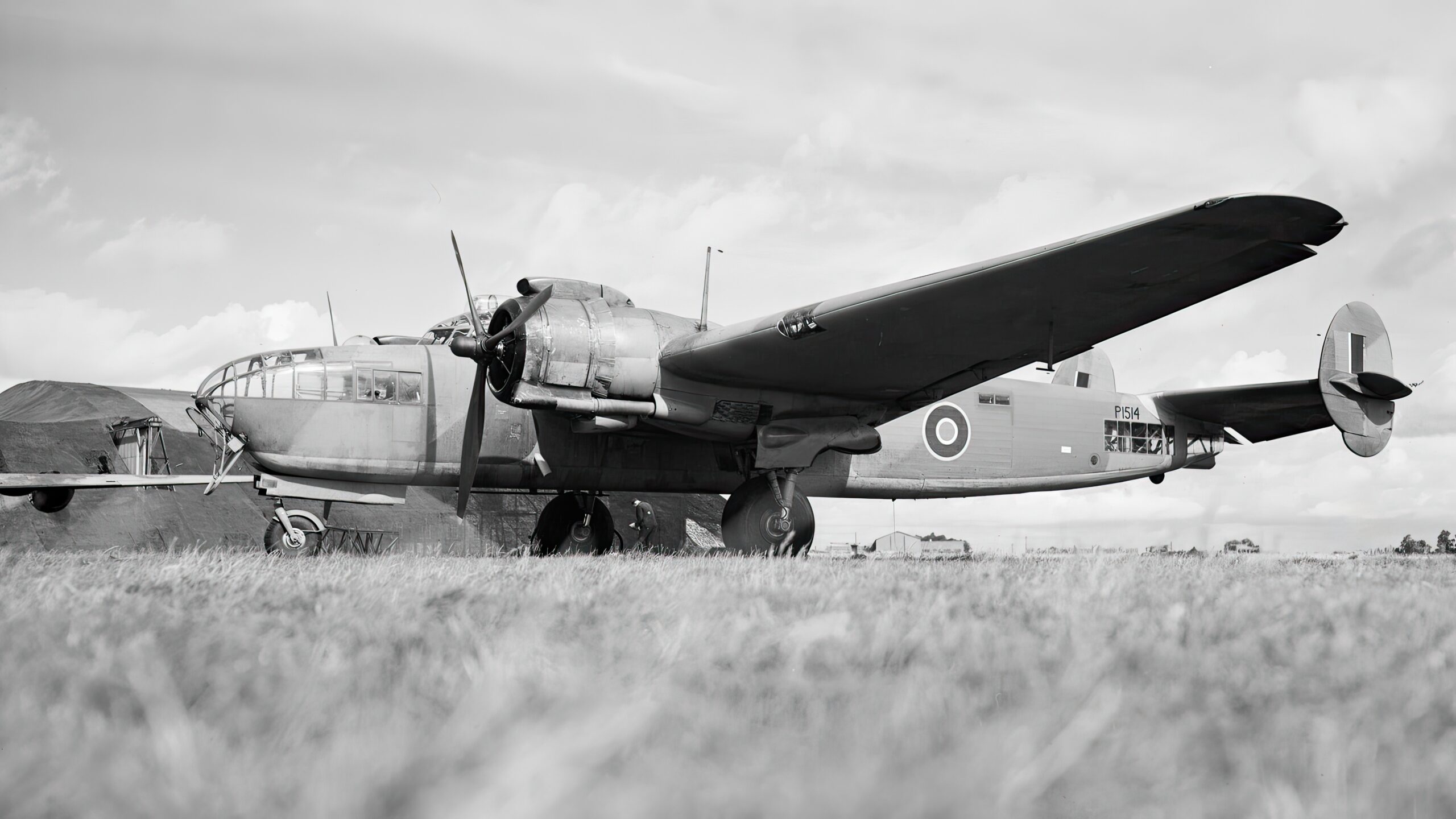
Albemarle’s Engines
Two Bristol Hercules engines powered the Albemarle, the lifeblood of this giant. These radial power plants, each offering 1,590 horsepower, roared the Albemarle into action. The use of Bristol Hercules engines, already proven in other aircraft designs, provided both reliability and performance.
The engines carried the Albemarle to speeds up to 266 mph and altitudes over 22,000 feet. While these figures might not break records, they proved sufficient for the Albemarle’s diverse roles.
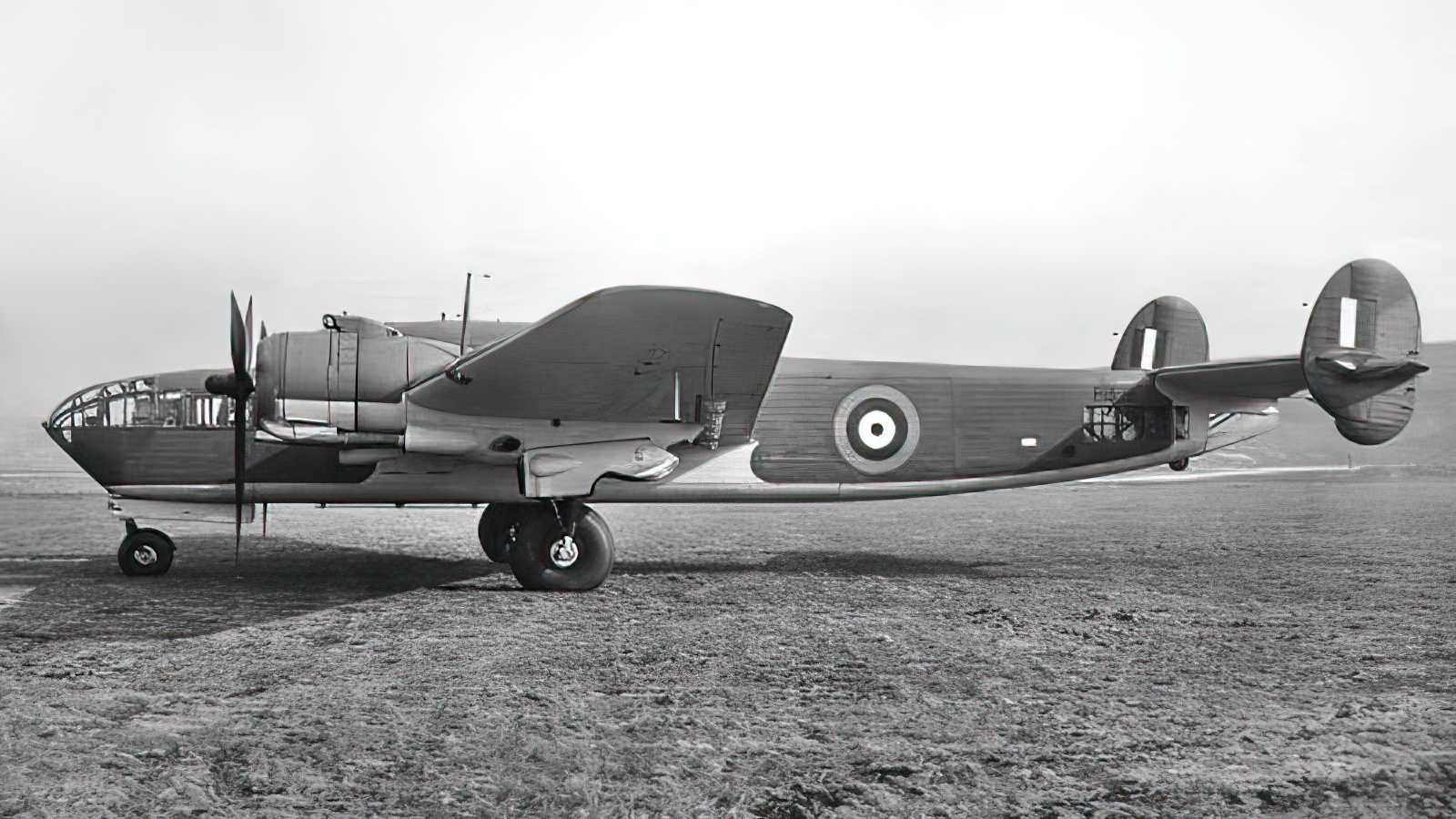
The British Front
From 1942, the Albemarle served the British forces well. Originally intended as a bomber, it found its niche as a transport and glider tug. The Albemarle played a pivotal role in the airborne assault on Sicily in 1943, towing gliders filled with troops.
The Albemarle’s rough-and-ready construction and its capacity to carry up to ten troops made it an asset. It found further use during the D-Day invasions and Operation Market Garden, where it again proved its worth as a glider tug.
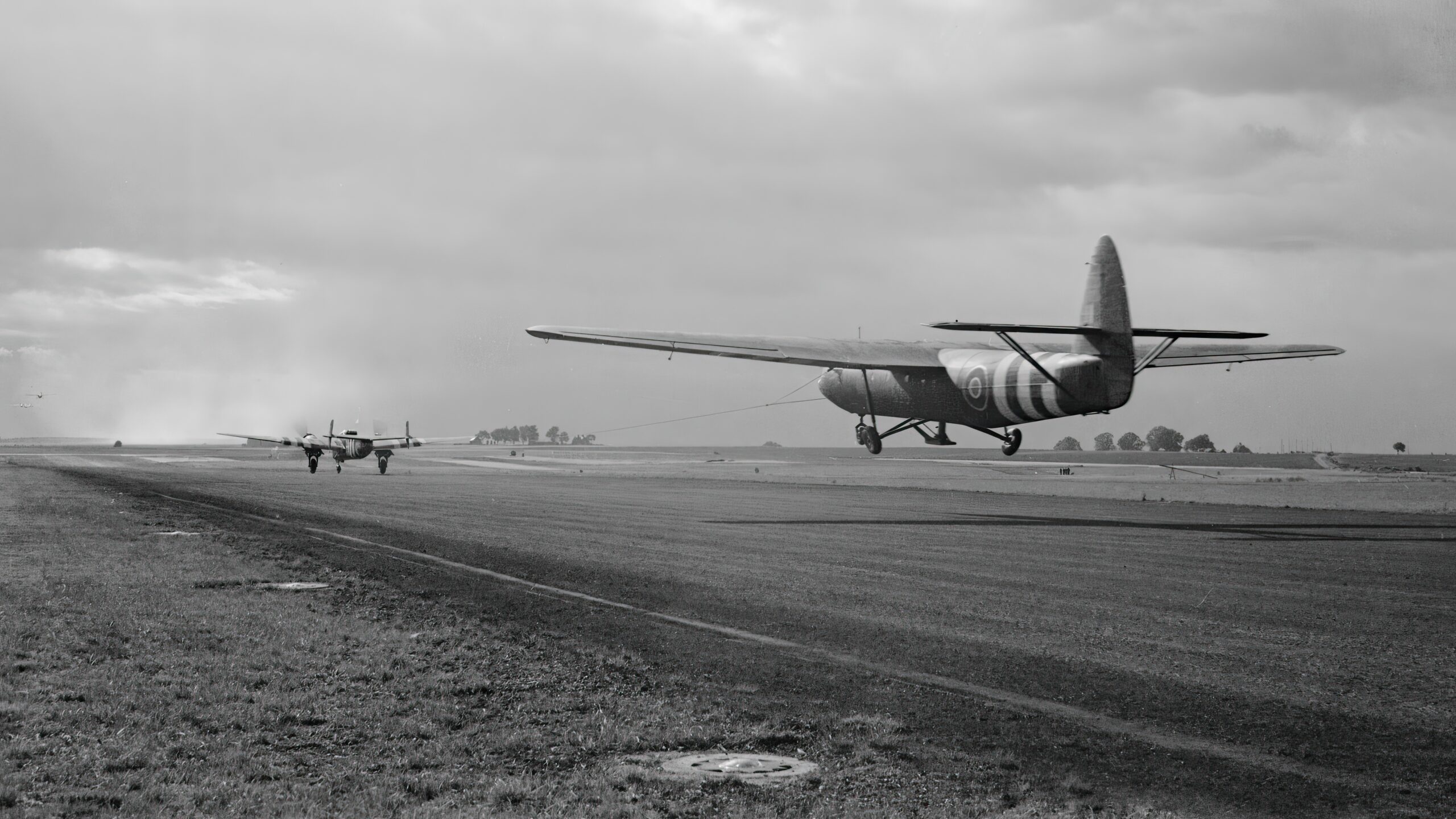
The Eastern Ally
The British weren’t the only ones to utilise the Albemarle’s prowess. In 1944, a batch of these aircraft headed to the Eastern Front, joining the Soviet Union’s air fleet. The Soviets primarily used the Albemarle for transport and cargo missions, exploiting its robust construction and payload capacity.
A Gritty Performer
No machine is without its flaws, and the Albemarle was no exception. Its original intent as a medium bomber fell through due to inadequate speed and defensive armament. Yet, its shortcomings as a bomber became its strengths in a different theatre of war.
The robust, rugged construction that let it down in bombing raids made it a stalwart transport aircraft. It could withstand considerable punishment and keep flying. It’s good short field performance made it suitable for use from rudimentary airfields, making it a crucial asset in forward operations.
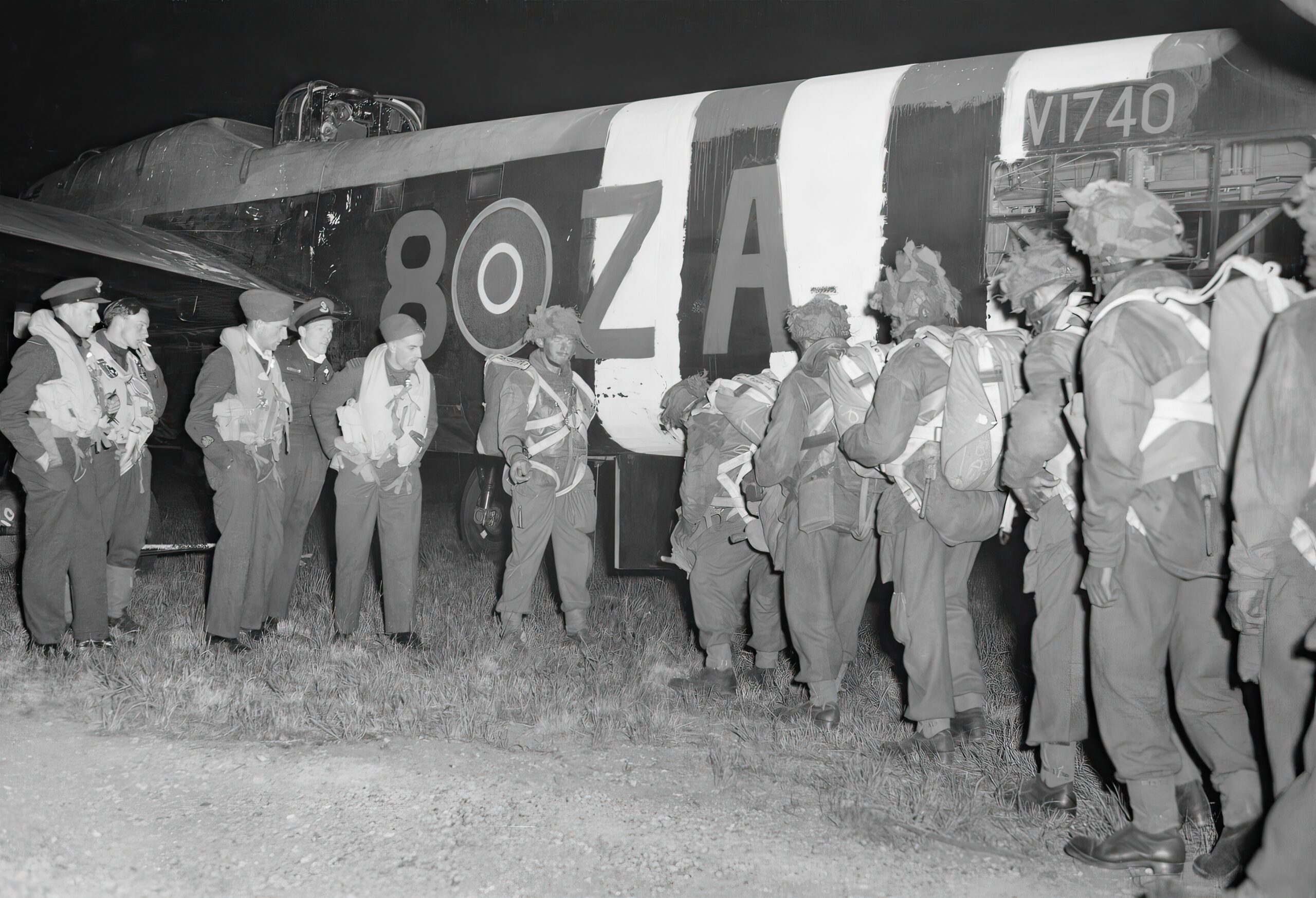
Post-War Retirement
The Albemarle’s service didn’t continue long after the guns fell silent in 1945. With the arrival of peace came a surplus of more modern aircraft. The Albemarle, with its war-designed features, quickly became a relic. By 1946, most had retired, with the last of them leaving service in 1946.
Yet, its impact on the war effort, both in the West and the East, was undeniable. The Armstrong Whitworth Albemarle had carved its place in aviation history, a testament to the innovation born from necessity. This giant, bred from the fires of conflict, remains a symbol of adaptability, resilience, and service.
